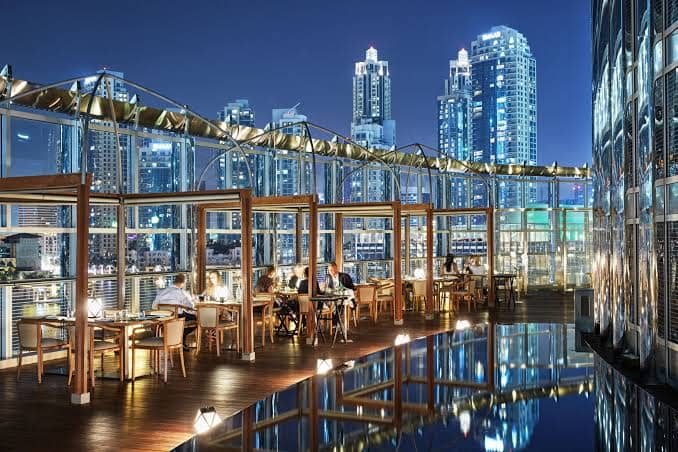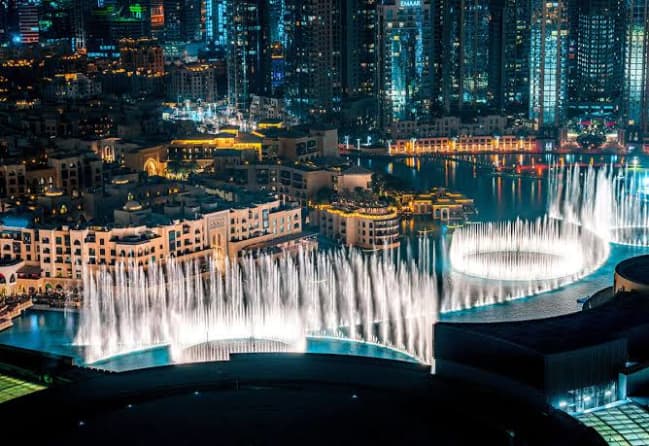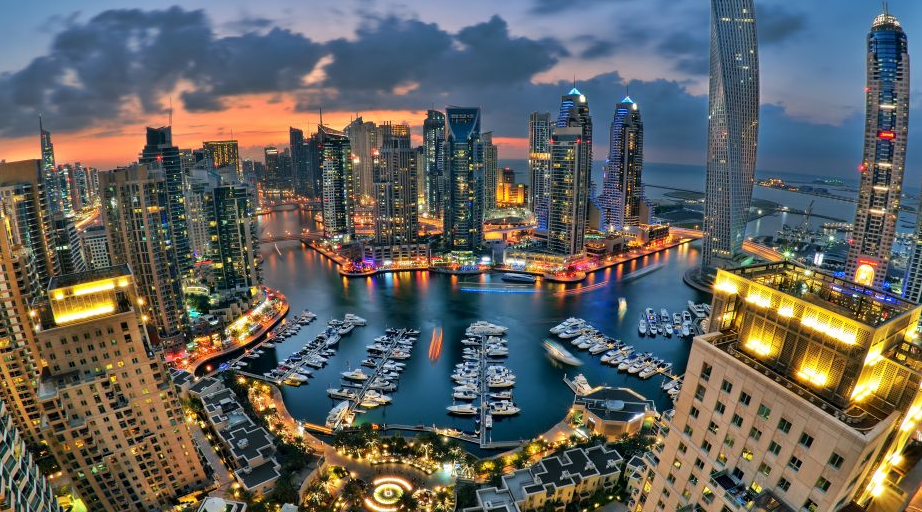The Gulf region, also known as the Arabian Gulf, is a vibrant and diverse area that encompasses several countries along the Arabian Peninsula. Renowned for its rich cultural heritage, stunning landscapes, and modern amenities, the Gulf countries attract millions of tourists from around the world each year. This introduction will set the stage for exploring the various aspects of tourism in this dynamic region.
Section 1: Overview of the Gulf Countries:
The Gulf countries, including Saudi Arabia, the United Arab Emirates (UAE), Qatar, Kuwait, Bahrain, and Oman, offer a tapestry of experiences for travelers. Each country boasts its own unique attractions and cultural identity.
Saudi Arabia, the largest country in the region, is home to historical sites such as Al-Ula and Diriyah, as well as modern cities like Riyadh and Jeddah. The UAE is known for its iconic skyscrapers in Dubai and Abu Dhabi, as well as its pristine beaches and luxury resorts. Qatar, a burgeoning destination, captivates visitors with its futuristic skyline and cultural gems like the Museum of Islamic Art. Kuwait’s blend of modernity and tradition is evident in its vibrant souks and historic landmarks. Bahrain, the island kingdom, offers a glimpse into its rich history through sites like the Bahrain Fort and the Qal’at al-Bahrain. Oman, with its rugged mountains, desert landscapes, and ancient forts, beckons adventurers and history buffs alike.
Section 2: Top Tourist Destinations in the Gulf:

- Dubai, UAE: Known for its dazzling skyscrapers, luxurious shopping malls, and vibrant nightlife, Dubai is a top tourist destination in the Gulf. Visitors can marvel at the Burj Khalifa, shop at the Dubai Mall, or explore the traditional souks in the old town.
- Abu Dhabi, UAE: The capital city of the UAE is home to cultural landmarks such as the Sheikh Zayed Grand Mosque and the Louvre Abu Dhabi. Visitors can also enjoy leisurely strolls along the Corniche or explore the mangrove forests of the nearby islands.
- Doha, Qatar: Doha blends modern architecture with traditional charm. Highlights include the futuristic skyline of West Bay, the Souq Waqif marketplace, and the Katara Cultural Village.
- Muscat, Oman: Muscat’s old-world charm is evident in its historic forts, palaces, and souks. Visitors can explore the Sultan Qaboos Grand Mosque, stroll along the Muttrah Corniche, or embark on a desert safari.
- Riyadh, Saudi Arabia: The capital city of Saudi Arabia offers a mix of ancient and modern attractions, including the Masmak Fortress, the Kingdom Centre Tower, and the vibrant Al-Batha Market.
Section 3: Cultural and Historical Sites:
The Gulf region is steeped in history and culture, with numerous UNESCO World Heritage Sites and centuries-old landmarks. Some notable cultural and historical sites include:
- Al-Ahsa Oasis, Saudi Arabia: The largest oasis in the world, Al-Ahsa is home to ancient date palm groves, traditional mud-brick villages, and historical forts.
- Historic Jeddah, Saudi Arabia: This UNESCO World Heritage Site boasts well-preserved coral houses, ancient souks, and stunning architectural landmarks dating back centuries.
- Pearling Sites, Bahrain: Bahrain’s pearling industry has a rich history, and visitors can explore the remnants of ancient pearling villages and learn about the traditional pearl diving techniques.
- Nizwa Fort, Oman: This iconic fortress in Nizwa dates back to the 17th century and offers panoramic views of the surrounding landscape. Visitors can explore the fort’s intricate architecture and learn about Oman’s rich heritage.
Section 4: Adventure and Outdoor Activities:
The Gulf countries offer a plethora of outdoor activities for adventure enthusiasts:
- Desert Safaris: Experience the thrill of dune bashing, camel riding, and traditional Bedouin camps in the expansive deserts of the Gulf region.
- Water Sports: From scuba diving and snorkeling in the crystal-clear waters of the Arabian Gulf to kite surfing and parasailing along the coastlines, water sports enthusiasts will find plenty of options to enjoy.
- Mountain Trekking: Explore the rugged mountains of Oman and the UAE on hiking trails that offer breathtaking views and opportunities for adventure.
- Wadi Exploration: Discover the hidden oases and freshwater pools of the Gulf region by venturing into its picturesque wadis, where you can swim, hike, and picnic amidst stunning natural scenery.
Section 5: Luxury Tourism and Hospitality:

The Gulf countries are synonymous with luxury tourism and hospitality, offering world-class accommodations, fine dining, and exclusive experiences:
- Luxury Resorts: Indulge in opulent stays at five-star resorts and hotels that boast lavish amenities, stunning architecture, and impeccable service.
- Fine Dining: Sample gourmet cuisine from around the world at Michelin-starred restaurants and celebrity chef eateries located in the Gulf’s cosmopolitan cities.
- High-End Shopping: Shop till you drop at luxury malls and boutiques that showcase the latest fashion trends, designer labels, and luxury goods.
- Exclusive Experiences: From private yacht cruises and helicopter tours to bespoke spa treatments and VIP cultural experiences, the Gulf countries offer a plethora of exclusive activities for discerning travelers.
Conclusion:
In conclusion, tourism in the Gulf countries offers a diverse array of experiences, from exploring ancient historical sites and vibrant cultural landmarks to indulging in luxury accommodations and thrilling outdoor adventures. Whether you’re seeking relaxation, adventure, or cultural immersion, the Gulf has something to offer every traveler. Plan your next getaway to this dynamic region and discover the wonders of the Arabian Peninsula firsthand.




